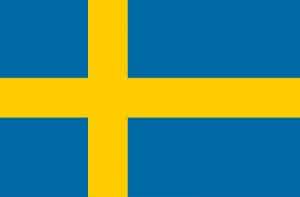Fish in the Classroom
Delivering Fish in the Classroom to primary schools across the Forth’s Rivers. Classroom ‘rivers’ with salmonid eggs are delivered to schools for youngsters to rear,
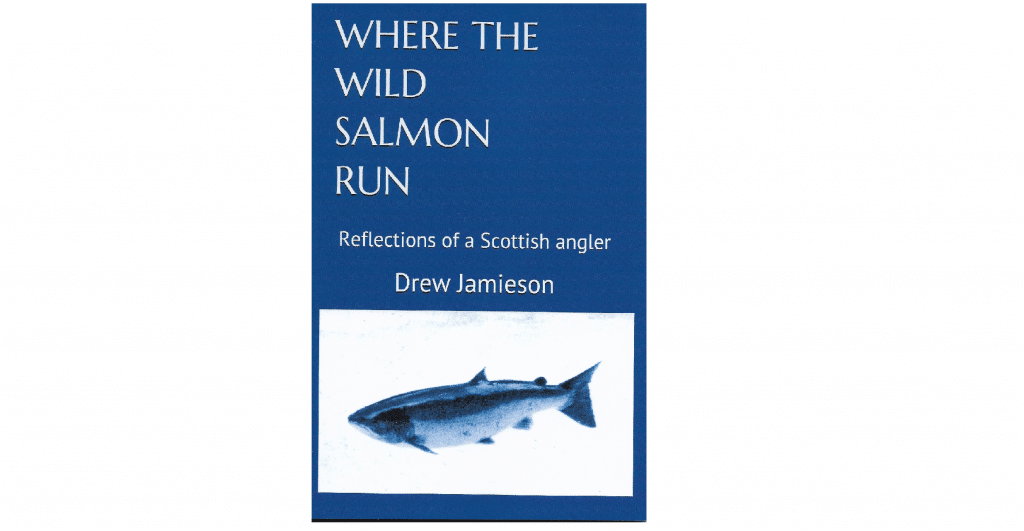
Drew Jamieson has been a salmon angler, conservationist and writer for almost 50 years. He is a Fellow of the Institute of Fisheries Management and chaired the Scottish Branch for a number of years. He served on the Consultative Committee of Freshwater Fisheries and is a previous Honorary Secretary of the Scottish Angler’s National Association (SANA). He has contributed to many publications, including The Scotsman, Trout and Salmon, The Field and the Atlantic Salmon Journal.
This was an opportunity to collect a lifetime of studying, enjoying and writing about Scotland's Atlantic salmon:
- - - - - - - - - - - - - -- - - - - - - - - - - - - - - - - - - - -- - - - - - - - - - - - - - - - - - - - - - - - - - -- -- - - - - - - - - -
"The wild Atlantic salmon in Scotland is a fish of many facets. It is a:
Cultural Icon. Apart from being a source of civic pride, the reverence for “the salmon of wisdom” goes back through the Scottish psyche to the Pictish stones and further back to the small dark people of the Mesolithic. Atlantic salmon, more than any other fish, occupy a prominent position in the cultural mythology of Scotland. The Picts knew this when they carved its image on stones; the Celts when they told tales of the Salmon of Wisdom. For this is a creature that links rivers and sea in its journeys, whose presence indicates the health of a river and can inspire awe in many who see it.
Biodiversity – the salmon is a key element in both the freshwater and the marine ecology, with complex predator/prey relationships and a role as a nutrient pump from marine to freshwater environments. At a cascade where salmon gather, their jumping against the flow can seem little short of miraculous. Scotland is blessed with both many waterfalls and many salmon rivers. It is also unusual in having salmon that enter its inland waters most months of the year. This includes a sizeable ‘autumn run’ of fish, which often peaks in October.
Food – despite modern fish farming, wild salmon is still a premium food product, fetching high prices at Billingsgate and Harrods. In earlier times it was a food fishery and had huge economic value. In addition to supplying the local population, salted salmon had been exported to France and Flanders as early as 1380. Richard Franck, one of Scotland’s earliest angling tourists, wrote in his Northern Memoirs of 1658, that, at Stirling:
“The Firth runs here that washeth and melts the foundations of the city, but relieves the country with her plenty of salmon; where the burgomasters (as in many other parts of Scotland) are compelled to reinforce the ancient statute that commands all masters and others not to force or compel any servant, or an apprentice, to feed upon salmon more than thrice a week.”
Economic – the economic value of wild salmon angling, in terms of income, jobs and capital values, is considerable, particularly in fragile rural areas. In 1983, the overall expenditure was estimated at £34 million, or over £500 per rod-caught salmon, but the national figure hides more local impacts. On Tayside, for example, it was worth an estimated £4 million and for Speyside the estimate was £8 million. It was also estimated that some 1,500 jobs were directly dependent on the holiday fishing trade. "The Scottish economy would be a lot poorer without the economic benefits which this form of specialist holidaymaker brings to Scotland."
Recreation – Salmon angling is an old-established, popular and healthy outdoor recreation, with a respected heritage in Scotland. This book seeks to tell its story. Most of the “Reflections” in this book have been published as articles in the angling or countryside press over the past 50 years. The chapters describe the salmon in its place in the geography, biodiversity, economy and culture of Scotland. They form a record - a Reflection - of times past but they also try to explain, or give context to, the present and perhaps the future. “He who does not learn from the mistakes of the past is doomed to repeat them.” The articles are presented, more or less, as originally published - of their time. I have made limited editorial adjustments. Readers have plenty opportunity to update today’s - and tomorrow’s - details on the Internet.
---------------------------------------------------------------------------------------------------------------------------------------------
Details
Outreach and communication
Organization
Resources
Collaborating Organizations
Delivering Fish in the Classroom to primary schools across the Forth’s Rivers. Classroom ‘rivers’ with salmonid eggs are delivered to schools for youngsters to rear,
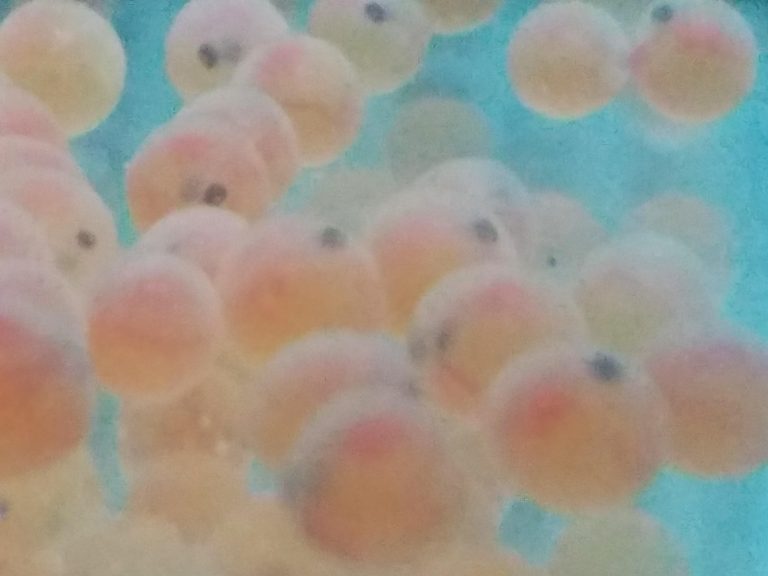
Fish Friends is a program run through the Maine Council of the Atlantic Salmon Federation. For the first time ever our cub scouts have partnered
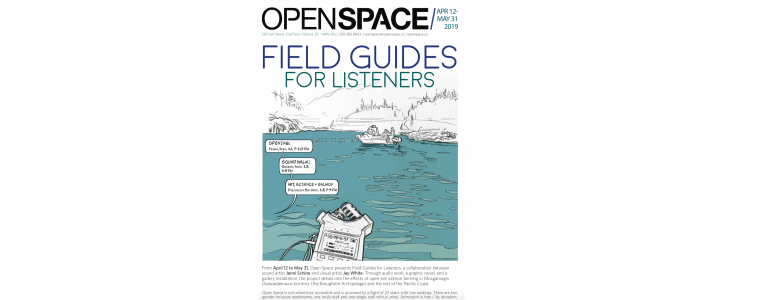
Field Guides for Listeners, a multi-disciplinary project collaboration between sound artist Jenni Schine and visual artist Jay White. This ongoing project draws attention to salmon
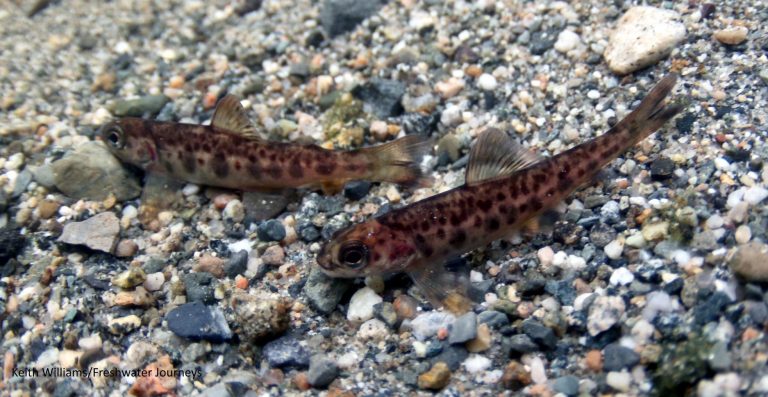
Little Athletes and the Peter Gray Parr Project: Assessing the Effectiveness of On-River Hatchery-Reared 0+ Fall Parr in the East Machias River, Maine
In recent
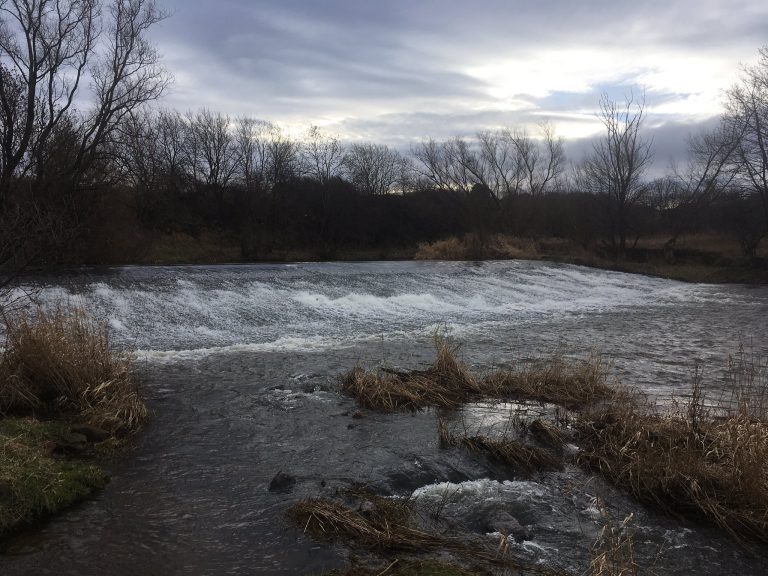
An ambitious project working across many sectors (Scottish Environment Protection Agency, Fife Council, SNH and local community groups) to improve the lives of people (and
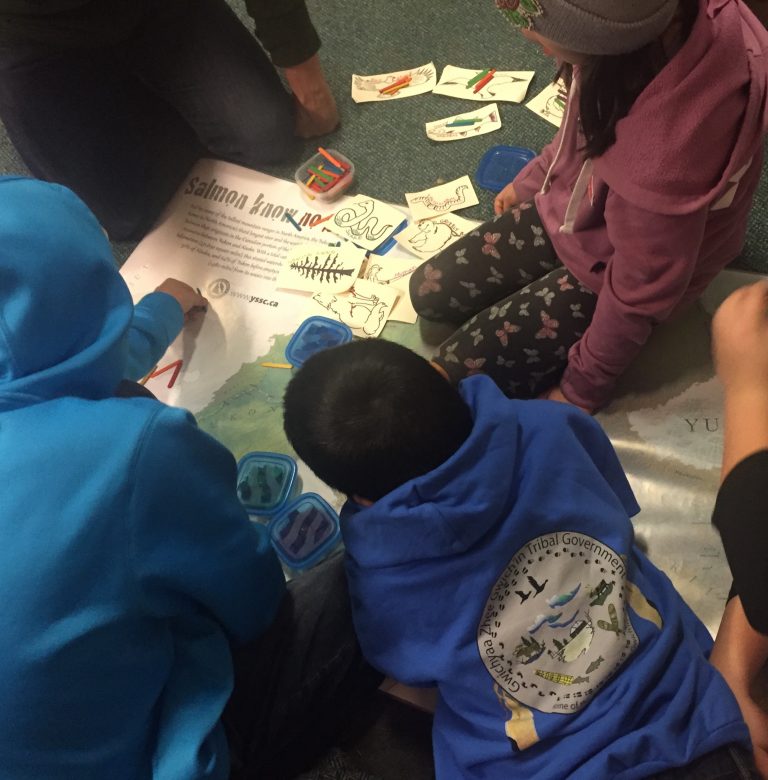
Salmon are a crucial part of our boreal ecosystem and are inextricably connected to our
lives. We need to continue deepening and rebuilding meaningful,
This is your chance to join like-minded people across the Northern Hemisphere to make a difference.
Register your salmon events or projects with us.
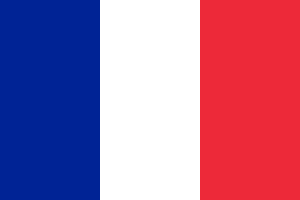
Cliquez ICI pour plus d’informations sur l’IYS en France
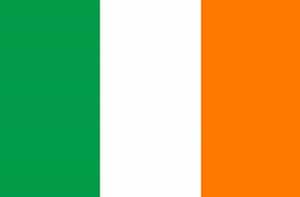

Click HERE to visit Northern Ireland’s page on the IYS.
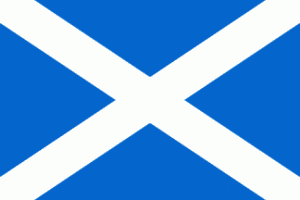

国際サーモン年に関するFRA日本語ホームページはこちらをクリックしてください
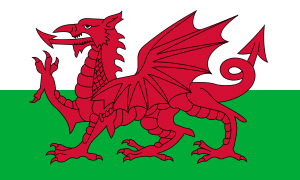

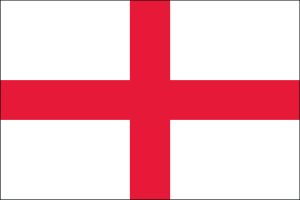
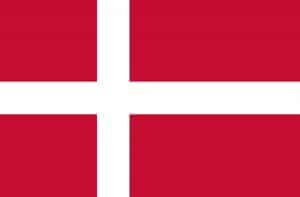
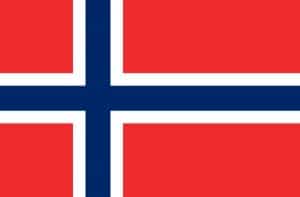
Trykk HER for informasjon om IYS i Norge
